Most people with high blood pressure do not have symptoms called the silent killer. People don’t realize how significant high blood pressure is because it can affect your brain, heart, and kidneys until you know it. People who do not have high blood pressure (the silent killer) are four times more likely to die. And three times more likely to have a stroke or stroke.

High Blood Pressure (the silent killer)-
High blood pressure (the silent killer) is one of the most common diseases in the world, with 1/3 of the entire population suffering from some form of hypertension. It’s also the least understood, which can be hard to treat and manage appropriately. Here, you’ll learn everything you need to know about high blood pressure (the silent killers), including their causes and complications, as well as natural methods that help lower blood pressure naturally. Let’s get started!
What Is Hypertension? (The Silent Killer)
If you lined up all the blood vessels in your body, they could be 95,000 kilometers long. It moves the equivalent of more than 7,500 liters of blood per day. The same four or five liters repeatedly deliver oxygen and essential nutrients such as glucose and amino acids to the body’s tissues.
All this blood produces a force on the muscular walls of the blood vessels. This force, called blood pressure, rises and falls with the phases of the heartbeat.
High blood pressure (the silent killer), or what is hypertension, is a common pathological condition in which the force of blood pumping inside the walls of the arteries is very high. Arteries are the blood vessels that carry blood from the heart to supply oxygen and nutrients to body tissues.
Each heartbeat pumps blood into the lungs, through the arteries to the body, and the blood flows through them.
Three Main Factors Affect The Pressure-
Three main factors affect the pressure in the walls of the arteries.
1. The first factor is the cardiac output or the amount of blood the ventricles pump out of the heart every minute. Blood pressure The second factor that affects blood pressure is the volume of blood or the total volume of blood in the body, and blood pressure also rises whenever the volume of blood increases. The first is that the elasticity of the artery walls in healthy arteries expands with each heartbeat to help reduce blood pressure on the wall.
2. The second factor of resistance is the diameter of the artery, which is the ability of the body to widen the diameter of the veins to lower blood pressure or narrow them to raise blood pressure.
3. The third factor of resistance is the viscosity of the blood or the thickening of the blood. The number of particles in the body, such as protein and fat, increases the consistency of the blood, and if the blood is thick, the blood pressure will rise, and the heart will work stronger to pump blood into the arteries.
What is Sphygmomanometer?
A sphygmomanometer (Blood pressure band) is a medical device used to measure blood pressure. This is a cuff-like device that is inflated to measure the pressure inside the cuff.
Classification Of High Blood Pressure-
Systolic blood pressure-
A device sphygmomanometer or blood pressure measured Blood pressure. When the heart beats, the blood pressure on the arterial wall is called systolic pressure.
It is highest during systole when the heart contracts to pump blood through the arteries. It is your systolic blood pressure.
An ideally healthy individual has a systolic blood pressure between 90 and 120 mm Hg.
Diastolic pressure-
When the heart relaxes Between pulses, the pressure on the arterial wall or blood pressure drops to its lowest value, called diastolic pressure. The blood pressure may change during the day.
Therefore, the mercury level should usually be less than 120 mm for the systolic pressure and less than 80 mm for the diastolic pressure.
A healthy individual has a diastolic blood pressure between 60 and 80 mm Hg.
The combined reading is slightly less than 120 as against 80. Blood makes its way through the body through the tubes of the circulatory system. In any pumping system, many things increase the pressure on the pipe walls:
Fluid properties, excess fluid, or pipe stiffness, so if the blood is thicker, more pressure is needed to push it forward, so the heart pumps the blood harder.
Systolic blood pressure- Diastolic pressure-
Normal BP. <120mm Hg <80mm Hg
Pre-Hypertension/ Elevated. <120-129mm Hg <80mm Hg
High Blood Pressure Stage I. <130-139mm Hg <80-89
High Blood Pressure Stage II. >140 >90
Hypertension-
High blood pressure is also called hypertension or just high blood pressure. If your blood pressure is higher than the norm or 140/90 mmHg (about 120/80 at rest), considered high blood pressure.
Categorized High blood pressure into four stages based on its severity.
Stage 1, also known as Pre-hypertension, is characterized by slightly raised and normal-sized blood pressure. Blood pressure ranges, in this stage, from 115/70 to 110/80 mmHg.
Stage 2 or early hypertension occurs when systolic BP is slightly higher than 100, diastolic BP is a bit higher than 90 mmHg, and both are within the upper limit of normal. Both of these should not exceed 135/85 mmHg. If systolic BP is 130/80 mmHg and diastolic BP is 90/60 mmHg, both are below the systolic upper limit. Both become diagnosed when BP is below the upper limit of normal.
Stage 3 is when systolic BP reaches 135/85 mmHg, or diastolic BP is at least 95 mmHg. The diagnosis stage is associated with mild elevations in blood pressure. The upper limit of normal systolic BP is 100/70 mmHg. The upper limit of normal diastolic BP is 80/60 mmHg. Systolic values greater than 126/70 mmHg can result in high blood pressure.
Stage 4 is characterized by high blood pressure or severe hypertrophy of the artery walls. Hypertrophy and hardening of the arteries result in severe hypertension. Any value above 140/90 mmHg is classified as high blood pressure.
High blood pressure is also by certain medications such as birth control pills or diuretics.
Types Of Hypertension-
There are two types of hypertension: primary (essential) and secondary.
Primary hypertension is the most common type and has no known cause.
Secondary high blood pressure caused is less common and can be by another medical condition or certain medications.
What causes high blood pressure?
Many factors can contribute to the silent killer, including genetics, diet, and stress. Although there is no cause for high blood pressure, lifestyle choices and health conditions can increase the risk.
Some common causes of high blood pressure include:
• Eating a diet high in salt
Consuming too much salt in your diet has been linked to an increased risk of high blood pressure, which could lead to serious health complications.
• Being overweight or obese
• Not getting enough exercise
• Drinking too much alcohol
• Smoking cigarettes
• Having a family history of hypertension
• Stressful lifestyle
• Chronic kidney disease
Treating high blood pressure (the silent killer) usually involves making lifestyle changes and taking medication. If you have high blood pressure, your doctor will work with you to create a treatment plan that includes lifestyle changes and, if necessary, medication.
What are the Symptoms?
Although high blood pressure is called the silent killer, symptoms can emerge when your hypertension is severe, so if you feel the following symptoms, don’t ignore them.
The symptoms of high blood pressure (the silent killer) vary depending on age, gender, and other factors such as diet and lifestyle. For example, young children may not show indication, while older adults may experience dizziness or extreme fatigue.
However, some people might notice that they have headaches or nosebleeds more often than before. Below are some general symptoms of high blood pressure: –
Headaches or nosebleeds more often than before; – Dizziness; – Extreme fatigue; – and- Numbness or tingling in one’s face. Some people with high blood pressure can experience irregular heartbeat, headaches, and nosebleeds.
Additionally, some may experience chest pain or shortness of breath. In rare cases, they may experience numbness or tingling in their face.
Most people with high blood pressure have no symptoms, but some may experience them. Diagnose High blood pressure through a medical checkup.
1. Headache-
A headache led by high blood pressure usually indicates an emergency. When the blood pressure is too high, it can damage the blood vessels in your brain leading. To an increase in intracranial pressure. You will have pulsating headaches on both sides of your head. And any activity will make the headache worse.
2. Dizziness
Although dizziness may be a side effect of taking the antihypertensive medication, you do not take it for granted severe. High blood pressure ( the silent killer) is a crucial cause of stroke, and sudden dizziness, loss of balance, or unsteady walking can all be a sign of stroke.
3. Nausea-
If you have high blood pressure (the silent killer) and suddenly experience nausea and loss of appetite. You may come across hypertensive crisis nausea caused by extremely high blood pressure usually happens together with dizziness.
4. Shortness of breath-
High blood pressure will affect the heart and lung function leading to shortness of breath when patients exercise, which could be more noticeable.
5 Chest pain-
High blood pressure (the silent killer) is a vital risk factor for heart attack and heart failure, and high blood pressure is a crucial risk factor for the hardening of the arteries. Impaired blood flow and oxygen delivery mean less blood reaching the heart and eventually triggering chest pain, also known as angina.
6. Blurred vision-
When your blood pressure is dangerously high, the many tiny blood vessels in your eyeballs can damage these vessels and bleed, causing blurred vision or even loss of eyesight.
7. Nosebleed-
High blood pressure usually doesn’t cause nosebleeds unless your blood pressure is too high, which means the tubes inside your nose are damaged, at which point you should call an ambulance or go to the hospital immediately.
How is high blood pressure (the silent killer) treated?
Treatment for high blood pressure usually involves lifestyle changes and medication. If you have high blood pressure, your doctor will work with you to develop a treatment plan that includes lifestyle changes and, if necessary, medication.
Complications Of The Silent Killer (High Blood Pressure)-
The silent killer high blood pressure, also known as hypertension, is a condition in which the force of your blood against your artery walls is too high. It can damage your blood vessels and put you at risk for heart disease, stroke, and other serious health problems.
Natural Methods That Can Help Lower Blood Pressure-
There are many things you can do to control high blood pressure. Here are some suggestions:
– Limit your salt intake. Too much salt can raise your blood pressure. Aim to consume 2,300 milligrams of sodium (about 1- teaspoon) per day.
– Eat a healthy diet. A diet rich in fruits, vegetables, and whole grains can help lower your blood pressure.
– Maintain a healthy weight. Being overweight or obese increases your risk of high blood pressure.
– Exercise regularly. Exercise helps keep your heart healthy and lowers blood pressure.
– Limit alcohol consumption. Drinking too much alcohol can raise your blood pressure. If you drink, limit yourself to no more than 2- drinks per day for men and 1- drink per day for women.
-Get enough rest: Getting enough sleep will help you manage stress, which can raise blood pressure.
-Manage stress: Stress can cause a spike in blood pressure, so it’s vital to manage it.
-Processed Foods. Be Mindful of Your Emotions (stress can lead to high blood pressure).
Try Herbal Remedies-
Try herbal remedies that lower blood pressure, like hawthorn berries or fenugreek seeds. Consider eating probiotics (you should eat probiotics because they are beneficial bacteria found in fermented foods like yogurt and sauerkraut).
Supplement with magnesium citrate, as magnesium can help lower blood pressure levels.
Take Potassium Supplements – potassium helps lower high blood pressure by 25%!
You can also try taking supplements L-Arginine and L-Tyrosine. These supplements can reduce the risk of high blood pressure.
Remember that it’s not just what you do physically but also your thoughts that matter when lowering your blood pressure, so be mindful of your thoughts and avoid stress at all costs.!
Use these natural ways to lower your blood pressure naturally and save time a ney on prescriptions!
Diet and exercise to lower blood pressure-
If you have high blood pressure, there are many things you can do to lower it. Eating a healthy diet, exercising regularly, and getting enough rest are great ways to start. Follow your doctor’s advice and work to lower your blood pressure.
There are many ways to reduce stress in your life. Some helpful strategies include yoga, meditation, and finding ways to relax. Follow your doctor’s advice:
If you’re diagnosed with high blood pressure (the silent killer), your doctor will likely recommend lifestyle changes, medication, or both. Your doctor can help you determine which treatment program is best for you.
Several types of drugs also work to lower blood pressure, directly or indirectly. These drugs include angiotensin-converting enzyme (ACE) inhibitors, angiotensin II receptor blockers, calcium channel blockers, and direct-acting vasodilators.2, calcium channel blockers and direct-acting vasodilators2, calcium channel blockers and direct-acting vasodilators.
What to eat: Eating a diet rich in fruits, vegetables, fish, and whole grains is a good step toward lowering your blood pressure. Limit your intake of sugar, sodium, and saturated fat as listed on the Nutrition Facts label. What not to eat: If you are trying to lower your blood pressure, avoid these foods: – Red meat – Butter – Pastry – Soda – Cheese.
Warning Signs of a Stroke Due to High Blood Pressure-
If you have high blood pressure, there is a chance you may experience a stroke. Many people who have a stroke also have (the silent killer) high blood pressure.
If you have high blood pressure (the silent killer) and experience any of these signs, get to the doctor immediately: Sudden numbness, weakness, or tingling in your arm or leg, sudden difficulty speaking, understanding spoken words, or reading.
Sudden weakness in your arms or legs Sudden vision changes, such as blurred vision or seeing flashes of light Sudden unexplained dizziness Sudden unexplained confusion
Even if you don’t experience any of these symptoms, it’s significant
to check your blood pressure regularly.
High blood pressure (the silent killer) often has no symptoms, so you might not even know you have it until it’s too late.
The importance of lowering blood pressure-
Having high blood pressure (the silent killer) is a serious health concern, as it increases the risk of many serious health problems. High blood pressure is a risk factor for heart disease, stroke, and kidney disease. Many people who develop high blood pressure don’t even know it, so it’s important to get tested regularly. If you have high blood pressure, there are many things you can do to lower it. Eating a healthy diet, exercising regularly, and getting enough rest are great ways to start. Follow your doctor’s advice and work toward lowering your blood pressure.
Conclusion-
High blood pressure (the silent killer) is a common condition, but there are things you can do to prevent it or keep it under control.
If you have been diagnosed with high blood pressure (the silent killer), it is essential to understand the possible causes and treatments. Lifestyle changes may be enough to lower your blood pressure. In other cases, medication may be necessary. Work with your doctor to develop a treatment plan right for you.
If you are experiencing any of the high blood pressure (the silent killer) symptoms mentioned in this article, it’s critical to see a doctor as soon as possible. High blood pressure (the silent killer) can be dangerous and even life-threatening if left untreated, so don’t delay seeking medical help. With proper treatment, however, most people with high blood (the silent killer) pressure can lead regular healthy lives.
Hi there! I’m content writer and blogger. With over two years of experience, I’ve shared my passion for writing across various platforms. I firmly believe in the transformative power of words and look forward to sharing this journey with you. Enjoy my work!
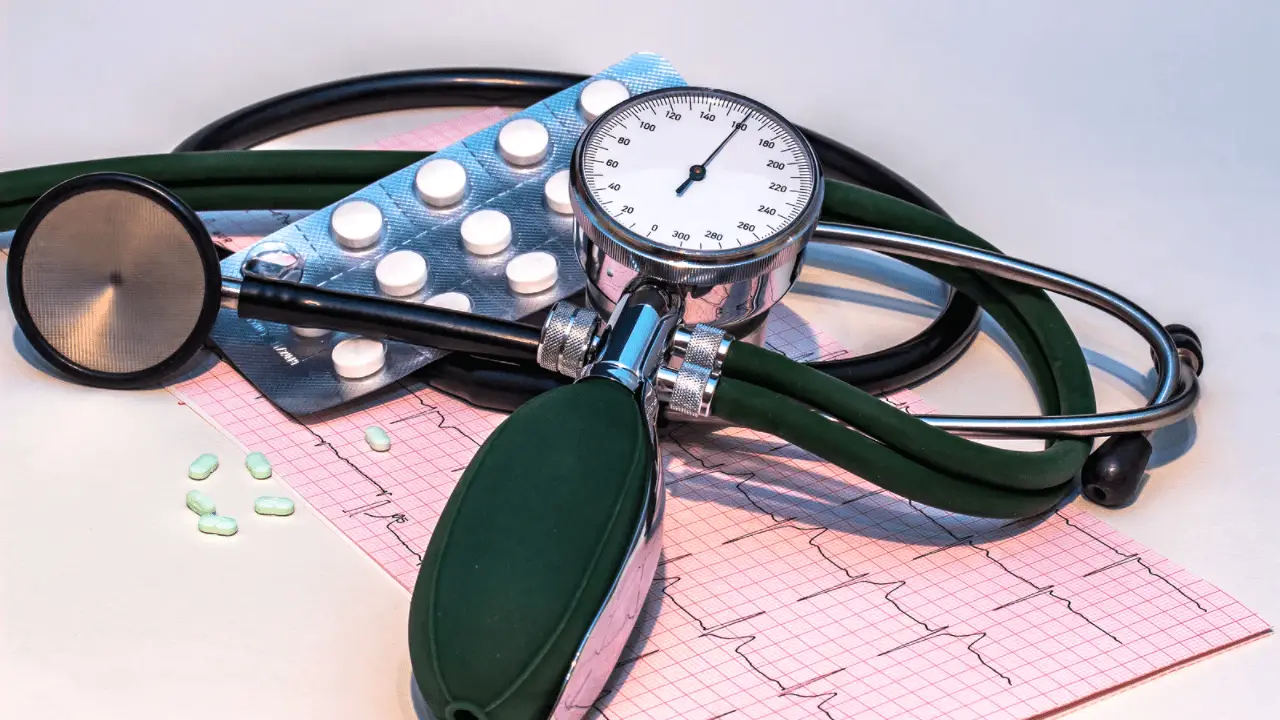


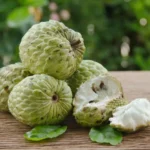


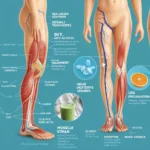
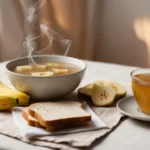

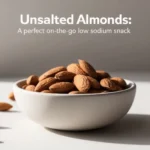
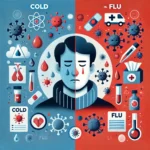
4 thoughts on “The Silent Killer ; High Blood Pressure 7-Symptoms and Prevention-”